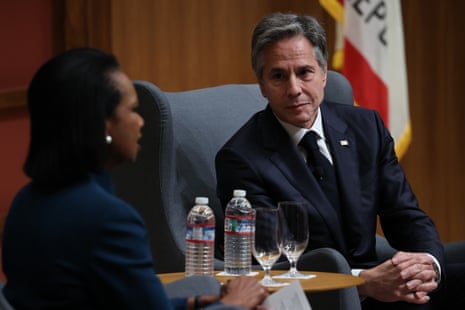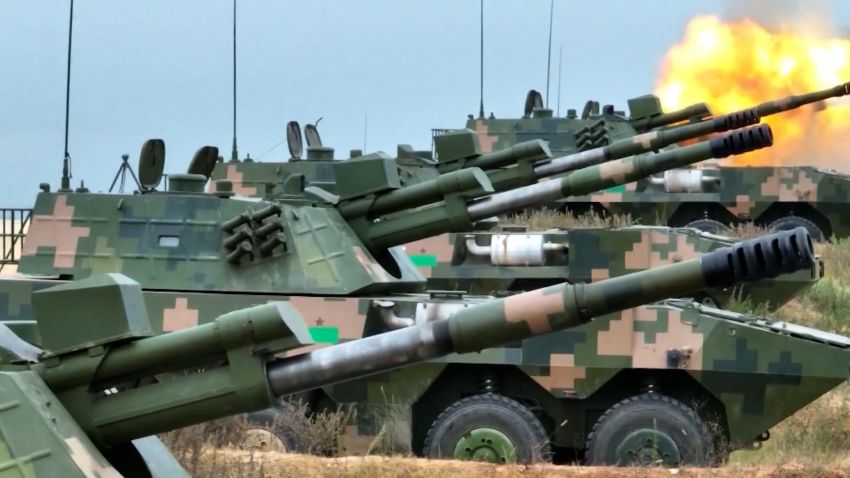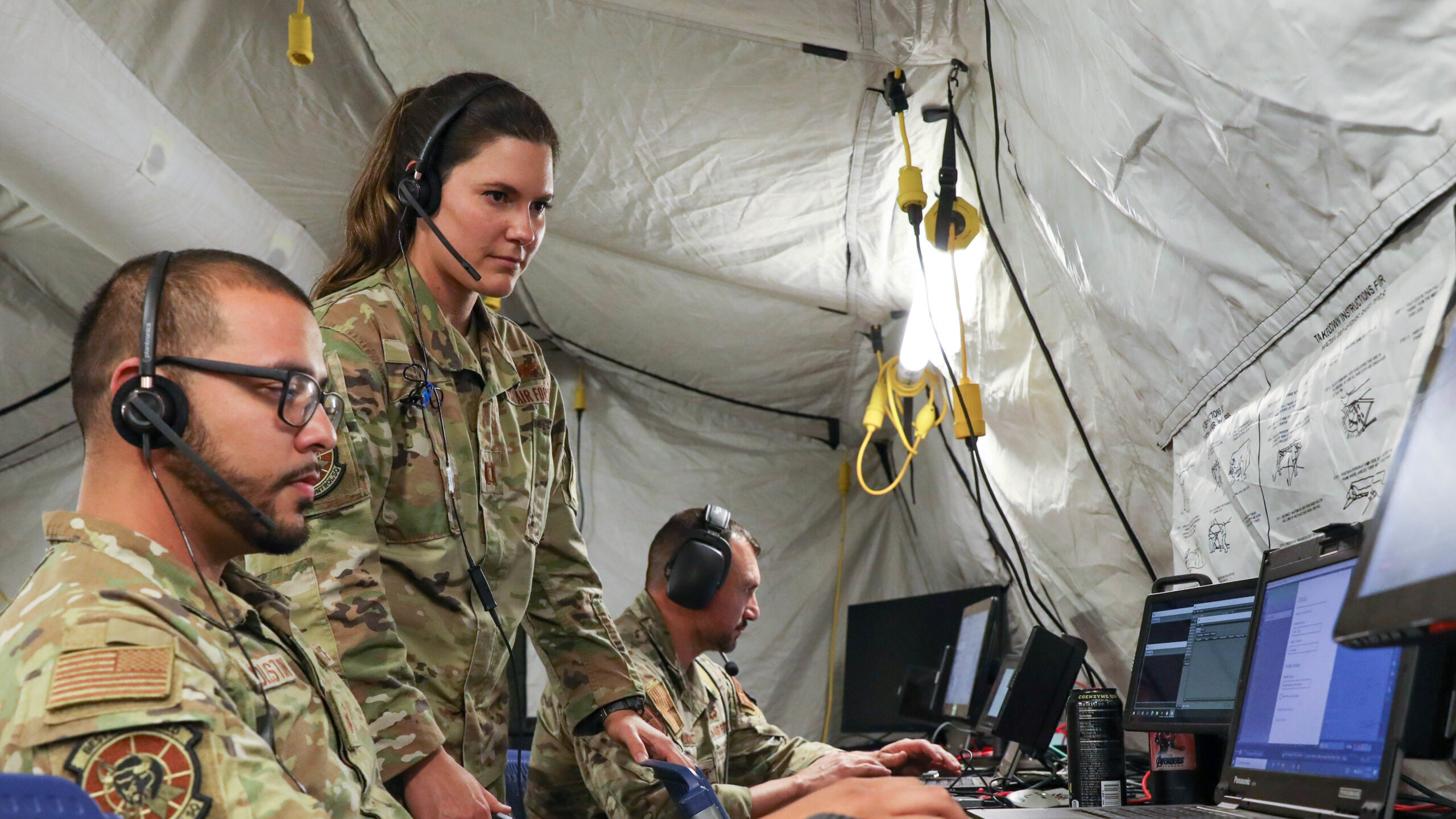LUKAS HARTH, FLORIAN KRIENER, JONAS WOLFF
INTRODUCTION
Ever since the 2016 U.S. presidential elections, foreign interference in Western democracies’ domestic processes has been a major topic on both sides of the Atlantic. For instance, the Alliance for Securing Democracy at the German Marshall Fund of the United States has started to track “authoritarian interference” by Russia and China in North American and European countries. Situating foreign interference in a broader context of what is called hybrid threats, EU institutions have adopted a range of legislative acts, in policy areas like “energy security, safeguarding of critical infrastructure, data protection, screening of foreign investment and transparency of political funding.” In June 2020, the European Parliament (EP) decided to step up the fight against foreign interference by setting up a special committee endowed with the task to analyze the broad range of forms of foreign interference in democratic institutions and processes of the EU and its member states as well as to propose recommendations for a proper response. In March 2022, the EP officially adopted the committee’s report on “foreign interference in all democratic processes in the European Union.”
The starting point of the report is the perception “that malicious and authoritarian foreign state and non-state actors [such as Russia, China, and others] are using information manipulation and other tactics to interfere in democratic processes in the EU.” This threat perception has only increased with the Russian war of aggression against Ukraine, which was accompanied by “disinformation of an unparalleled malice and magnitude.” At its core, the report outlines a detailed list of elements for a future EU strategy against foreign interference.













